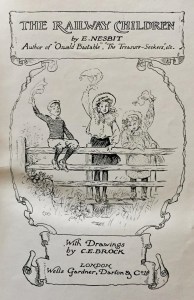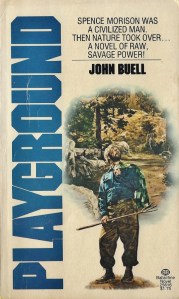 Marnie by Winston Graham ~ 1961. This edition: Fontana, 1980. Paperback. ISBN: 0-00-615964-8. 253 pages.
Marnie by Winston Graham ~ 1961. This edition: Fontana, 1980. Paperback. ISBN: 0-00-615964-8. 253 pages.
Does that title sound familiar? It should. This novel was turned into the 1964 Alfred Hitchcock movie of the same name, starring Tippi Hedren and Sean Connery. I seem to recall hearing that Grace Kelly was Hitchcock’s first choice for the title role, but that she turned it down as she was already heavily involved with her arrangements to become Princess of Monaco, and it wasn’t felt quite suitable that she should play the role of a fictional thief.
For that’s what Marnie is, a thief, and a rather good one. Her modus operandi is the same each time: get a bookkeeping job in the office of some small business, plot out an opportunity for quietly absconding with the payroll or a large portion of the week’s income, then vanish, to reappear in another city with a newly invented identity.
Marnie needs money, quite a lot of it, more than she can get her hands on in the course of legitimate office worker employment, for she supports not only her crippled mother in a respectable separate establishment in Plymouth, but her secret (and possibly only) true love, an ex-racehorse, Florio, living at a boarding stable.
Marnie is a woman with twisted and tortuous personal issues, which come to a head on secret identity job number four, in which she attracts the fanatical attention of two of her employers: the recent widower Mark Rutland, and Mark’s despised playboy cousin, Terry Holbrook. Marnie lets herself get involved with these two disparate men, something utterly against her hands-off policy in the past, and things come crashing down, as Mark discovers her embezzlement, covers for her, and then uses his knowledge to blackmail her into marriage.
Terry sniffs around, knowing something off is up, and ultimately brings about a full exposure of Marnie’s wicked past, but not before a lot of psychological drama, revealing the true reasons for Marnie’s sexual frigidity and her inability to form normal relationships and so on. (Not very surprising spoiler: Mom’s involved.)
This is a decidedly convoluted novel, and it’s rather a compelling read, though at a few points I was silently shouting to the author, “Stop, already! Don’t add another twist!” It’s all rather dark, and occasionally deeply disturbing (the honeymoon spousal rape scene, the horrible death of Florio), and for quite a while there it looks like the ultimate tragedy will indeed play out, as Marnie mulls over ending it all in the most final of ways.
Winston Graham spares us that, and even offers us a glimpse of the possibility of eventual peace for our desperately damaged heroine, once she has confronted all of the repercussions of her past.
Another interesting novel. Very readable. Definitely a period piece, giving a fantastically detailed picture of a certain segment of 1950s’ British society.
My rating: 9/10. It lost a point because there was a fair bit of tell versus show, and some of the drama flourished into melodrama, but all in all “good job” to Graham for successfully putting forward such an audaciously engaging scenario.
I haven’t actually seen the Hitchcock film version (I understand that it is not particularly true to the novel except in the broader way), but I find it extremely intriguing that the story has just been reworked (again with a lot of liberties regarding the original) into an opera by Nico Muhly. It’s playing at the Met RIGHT NOW. I wish I lived closer to New York; I’d go see this in a flash.
Oh, yes. A word about the author. Winston Graham is indeed that Winston Graham. Poldark, anyone?





















